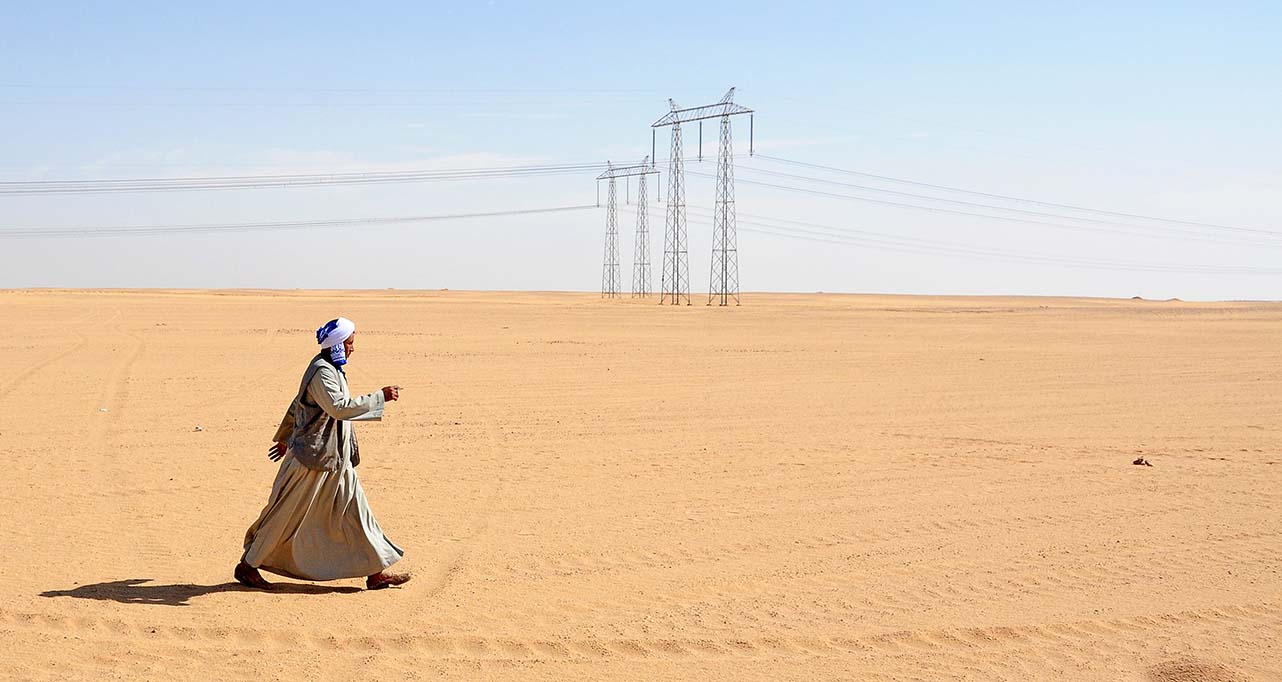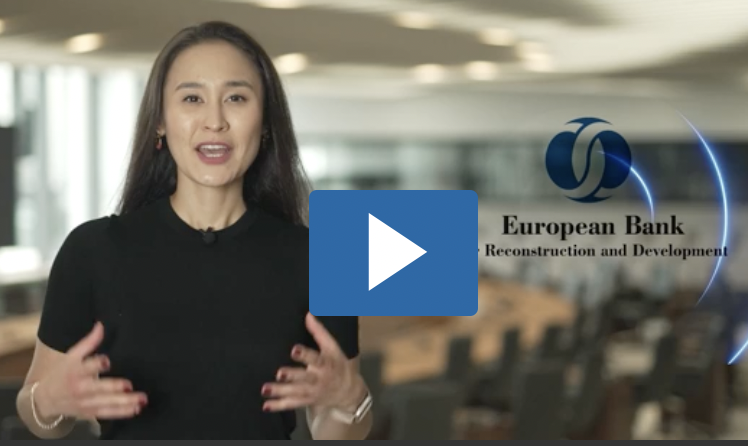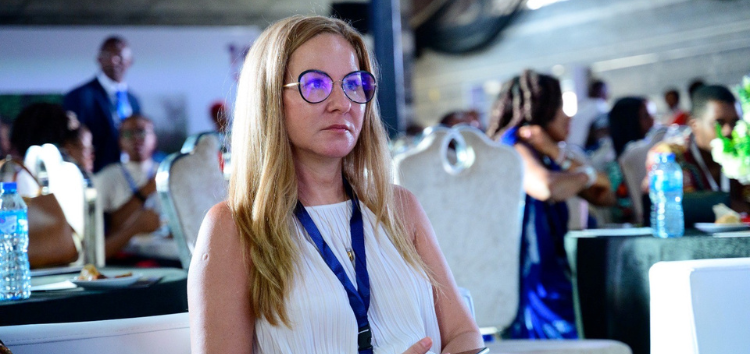These cookies cannot be disabled. They are essential for core functionality in ebrd.com to ensure a seamless and secure experience.
And as a Polish citizen, I recall the role it played back in the 1990s when it supported my country’s emergence from Soviet domination and its transition to a market economy and a rule-based system.
Lastly, and more recently in my role as an EU diplomat in sub-Saharan Africa, I have witnessed an even closer relationship forming between the European Union and the EBRD in addressing development challenges across the world.
Much has been said about the development partnerships and the role of various institutions, development finance institutions (DFIs) included, in supporting our partner countries across the globe in their own transition to prosperous economies and societies. Yet, regions such as sub-Saharan Africa do not really “suffer” from excess inflows of cash and DFIs. To take the Nigeria example, only a couple of EU DFIs have offices there and run their operations from them.
There are valid reasons for that. As is broadly recognised, the donor and DFI resources are not enough to cover everything that our partner countries need to meet the Sustainable Development Goals on schedule by 2030. Countries around the world find themselves competing for limited funds as natural and man-made disasters proliferate. They are also constrained given the limited fiscal space in their budgets. Hence the recognition that much of the financing must come from the private sector.
This is where the uniqueness of the EBRD comes in. It combines public and private finance operations, where private-sector finance is particularly prominent.
The EBRD engages with its countries of operation across the board: public policy dialogue with the government, large-scale public infrastructure investments, operations and engagement with the financial sector to facilitate access to finance for small and medium-sized enterprises, individual private-sector support and investments, and so on. All this is done by a single institution, bringing to the partner country a full range of instruments in an easy-to-access local office.
I am sure that the EBRD partners in sub-Saharan Africa will appreciate this model. As much as the unique operational model should guarantee the EBRD much success, there are some elements of the operational environment that will be new. Looking at it from the EU perspective, the geographical distance to the European Union will be a differentiating factor. The EBRD has typically worked in regions where the distance to the EU, also political and economic, is much shorter. The countries of operation in those regions have more clearly, even if to a different extent, stated objectives of strengthening their ties with the EU.
There, the EBRD is seen as a natural “go-to” partner alongside the European Investment Bank (EIB) and other European DFIs. For countries in sub-Saharan Africa, European development models and institutions are somewhat more distant. They compete with those of the United States of America, China, India and others, so it is for us at EU and other European institutions to make a case. As recently confirmed by the Nobel Prize in Economics,1 it is only countries that invest in and sustain the quality of their institutions that emerge as long-term winners.
1 https://www.nobelprize.org/prizes/economic-sciences/2024/press-release/




